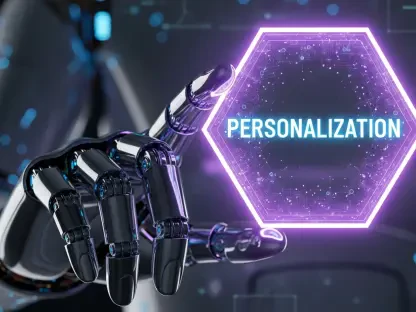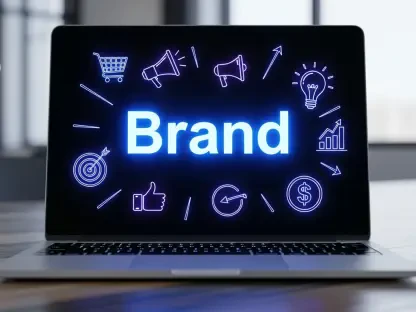I’m thrilled to sit down with Milena Traikovich, a powerhouse in the world of demand generation and media analytics. With her deep expertise in driving high-quality leads and optimizing campaign performance, Milena offers a unique perspective on the evolving landscape of digital content. Today, we’re diving into the explosive impact of a recent sports podcast episode that shattered viewership records, the cultural significance of such moments, and the growing role of video in podcasting. Let’s explore how these trends are reshaping the intersection of sports, entertainment, and digital media.
How do you see the decision to appear on a sports podcast, rather than a traditional media outlet like a late-night show, reflecting broader shifts in how audiences consume content today?
I think it’s a clear sign of how fragmented and personalized media consumption has become. People aren’t just tuning into the same handful of TV channels anymore; they’re seeking out platforms where they feel a deeper connection to the content or the personalities. A sports podcast offers an intimate, conversational vibe that feels more authentic than a polished late-night interview. It’s also about meeting audiences where they are—online, on social platforms, and on-demand. This move shows an understanding that cultural moments are now built in spaces that blend niche interests, like sports, with mainstream appeal.
What do you think contributed to the staggering viewership numbers—over half a billion views across platforms—for this particular podcast episode?
It’s a perfect storm of factors. First, you’ve got a massive celebrity presence that transcends typical audience boundaries, pulling in fans from music, sports, and pop culture. Then, there’s the platform itself—a podcast that’s already built a loyal following by being relatable and engaging. Add to that the power of social media amplification, with clips and highlights going viral on Instagram, X, and TikTok. It’s not just about the full episode; it’s the bite-sized, shareable content that keeps the buzz alive. Finally, the visual element plays a huge role—people want to see the chemistry and reactions, not just hear them.
As an expert in analytics, how do you interpret the cultural impact of an episode like this being described as a ‘watershed moment’ for sports podcasts?
It’s a game-changer because it elevates sports podcasts from a niche medium to a legitimate cultural stage. When a single episode can draw numbers that rival primetime TV specials, it signals that these platforms are no longer just side content—they’re competing with traditional media in influence and reach. It’s also about accessibility; fans feel closer to the conversation, and that emotional connection drives engagement. From an analytics standpoint, these numbers are a wake-up call for any media executive to rethink how they’re building and distributing content in 2025.
Can you dive into the significance of the visual format in amplifying the entertainment value of podcast episodes like this one?
Absolutely. Visuals add a layer of storytelling that audio alone can’t match. You’re not just hearing a conversation; you’re seeing facial expressions, body language, and spontaneous moments that make the content more human and relatable. For this episode, the visual format likely played into the celebrity appeal—fans want to see how these personalities interact in real time. From a data perspective, platforms like YouTube and Facebook Reels, which saw huge viewership, thrive on video content. It’s also about how people consume media now—often on big screens at home, treating these episodes like full-blown TV shows rather than background noise.
With sports podcasts now rivaling cable networks in influence, how do you see this trend reshaping the future of sports and entertainment media?
We’re witnessing the rise of creator-driven media channels that can rival traditional networks in both audience size and engagement. Shows like these aren’t just content; they’re building ecosystems where fans, brands, and personalities converge. This shift means sports and entertainment media will increasingly prioritize authenticity and direct audience interaction over scripted formats. For businesses and marketers, it’s an opportunity to tap into these communities with targeted campaigns, but it also means adapting to a faster, more dynamic content cycle. The lines between sports talk, entertainment, and even reality TV are blurring, and that’s going to push innovation in how stories are told and monetized.
What is your forecast for the role of video podcasting in the sports and entertainment industries over the next few years?
I see video podcasting becoming a cornerstone of both industries, not just a trend. As technology improves and platforms like YouTube continue to dominate, we’ll see even more investment in high-quality production—think multi-camera setups, live streaming, and interactive elements. Sports and entertainment entities will lean harder into video to capture mainstream audiences, especially as younger generations expect visual content as the default. We’re also likely to see more hybrid formats, blending podcasts with traditional TV deals or exclusive streaming partnerships. The numbers we’re seeing now are just the beginning; video podcasting will redefine how we think about media distribution and audience loyalty in the coming years.









